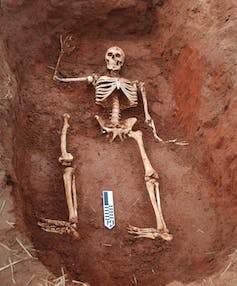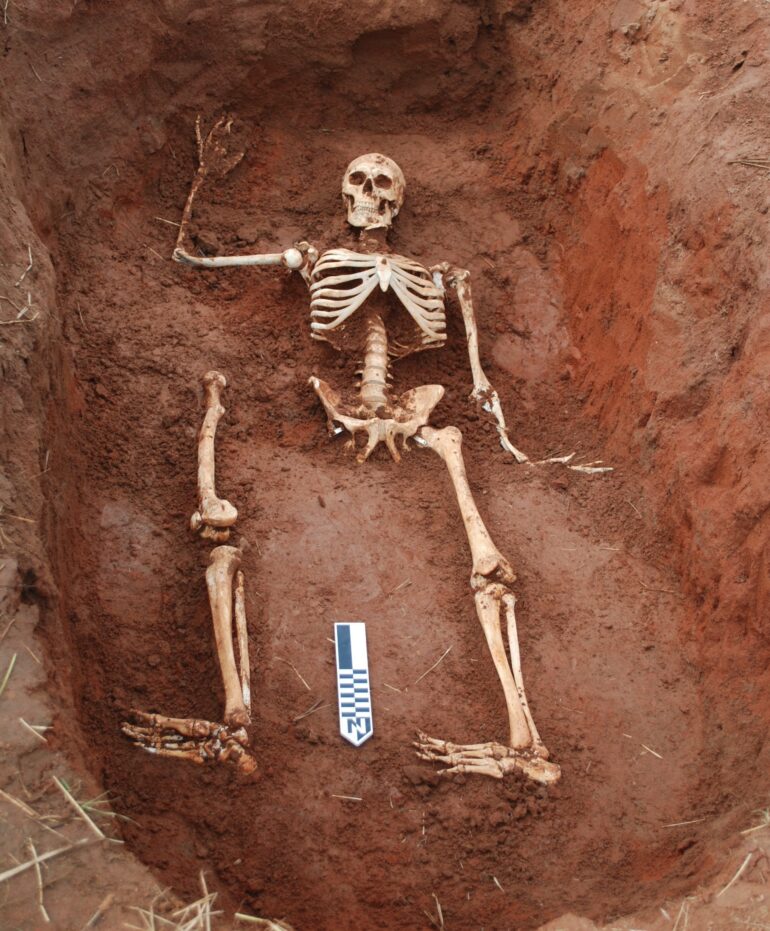A seasoned deer hunter is shocked when his hound dog trots up with a human femur clenched between its teeth. A woman veers off her normal urban walking path and happens upon a human skull. New property owners commission a land survey that reveals a set of human remains just below a pile of leaves.
These examples are real cases handled by coroners’ offices where we have assisted as forensic anthropologists.
What happens after someone inadvertently discovers a human body? How are human skeletal remains identified? It can be a major effort, requiring collaboration across law enforcement, forensic anthropologists and death investigators to uncover the identities of the unidentified dead and help bring justice to people who were victims of foul play.
There are nearly 15,000 open cases in the United States involving unidentified people, according to the Department of Justice’s National Missing and Unidentified Persons System, a centralized database and resource for unidentified, missing and unclaimed people. This is an underestimate, though, because there is no universal reporting requirement across agencies. Many practicing forensic anthropologists work hard to alleviate what’s routinely referred to as the “nation’s silent mass disaster” – the crisis of so many missing and unidentified individuals.
A specialized branch of anthropology
Anthropology is the holistic study of human culture, environment and biology across time and space. Biological anthropology focuses on the physiological aspects of people and our nonhuman primate relatives. It considers topics ranging from the evolutionary history of our species to the analysis of ancient and modern skeletal remains. Forensic anthropology is a further subspecialty that analyzes skeletal remains of the recently deceased within a legal setting.

In field school courses, future forensic anthropologists learn from models about what can be gleaned from skeletal discoveries.
Katherine Weisensee, CC BY-ND
Forensic anthropologists are trained in identifying human skeletal remains. They use scientific techniques to identify deceased people whose faces are unrecognizable – often referred to as “Jane and John Does.” Forensic anthropologists’ skills allow them to interpret from skeletons the trauma and disease a person suffered in life, as well as estimate when that person died.
One of us is employed as a postdoctoral research fellow as well as a forensic anthropologist and deputy coroner through a county coroner’s office; the other is a university professor who responds to local forensic scenes on an as-needed, consulting basis. The realities of forensic anthropology casework are often misrepresented by crime and mystery movies and shows, but our positions reflect how a lot of practicing forensic anthropologists are employed in the United States.
Outside of local work, forensic anthropologists travel to sites of political violence,



